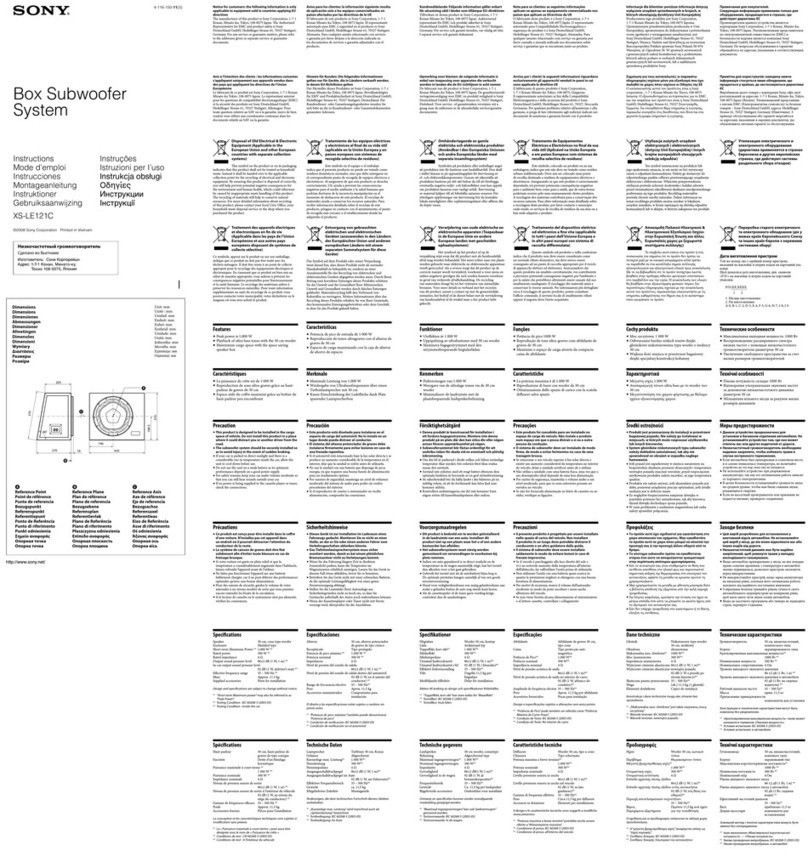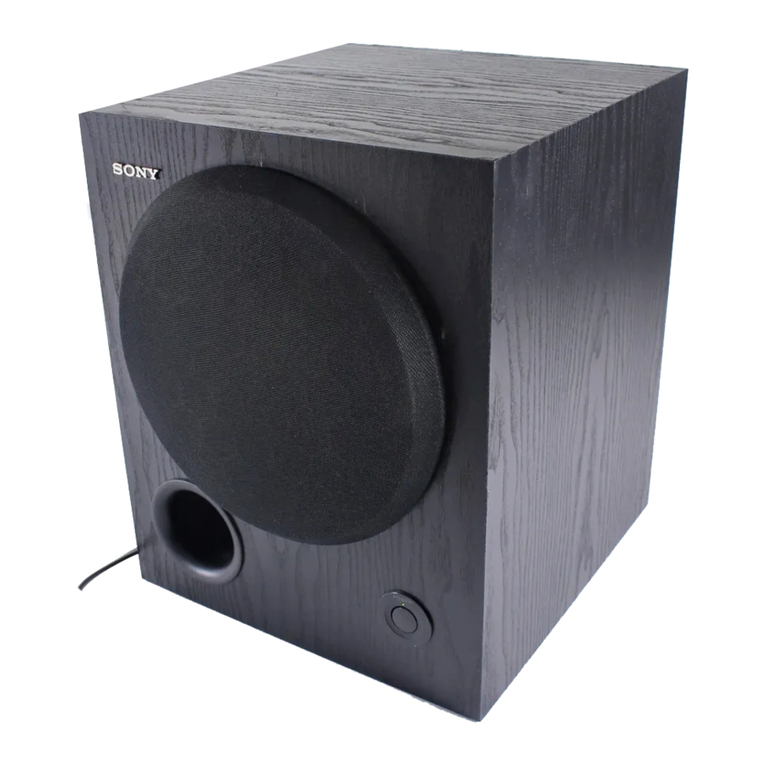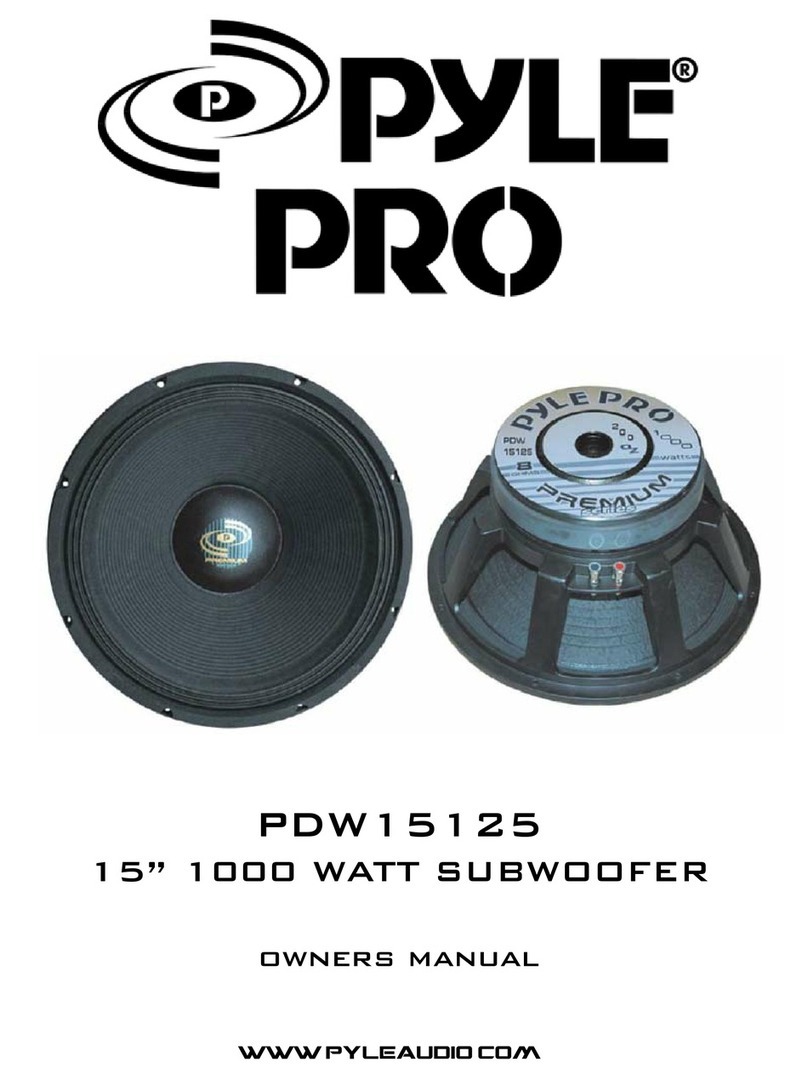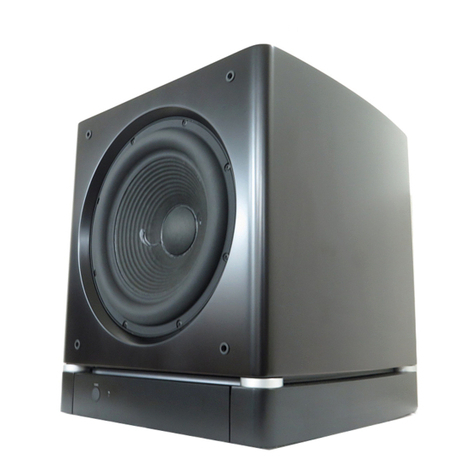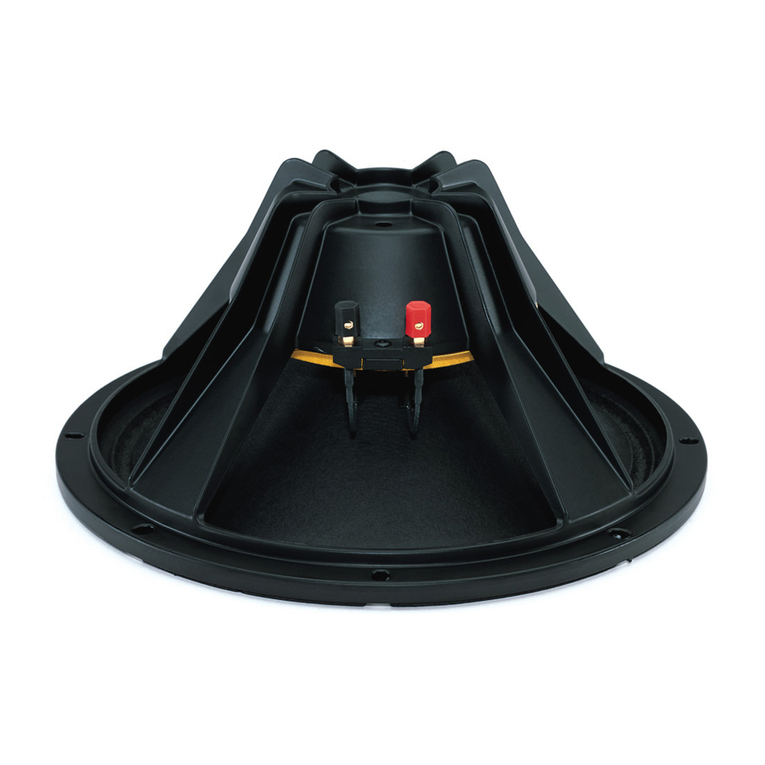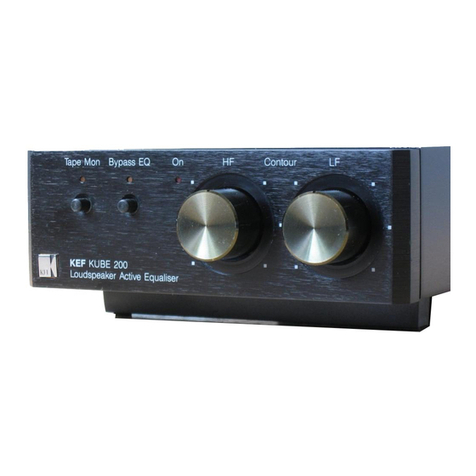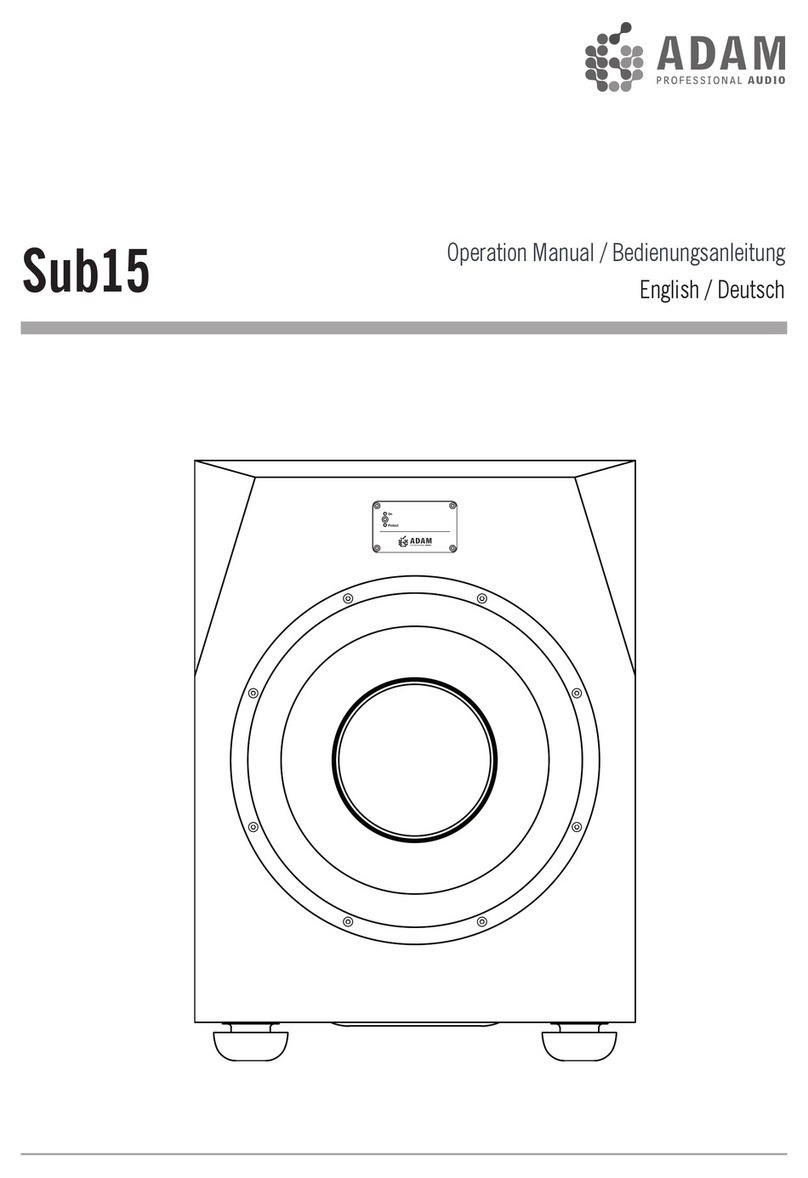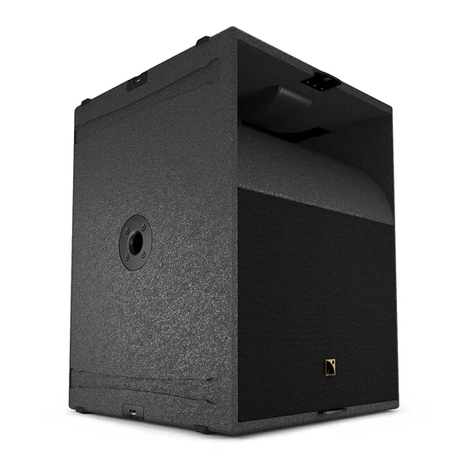Sony SA-W301 User manual
Other Sony Subwoofer manuals

Sony
Sony SA-WM200 User manual

Sony
Sony SAW-M20 User manual
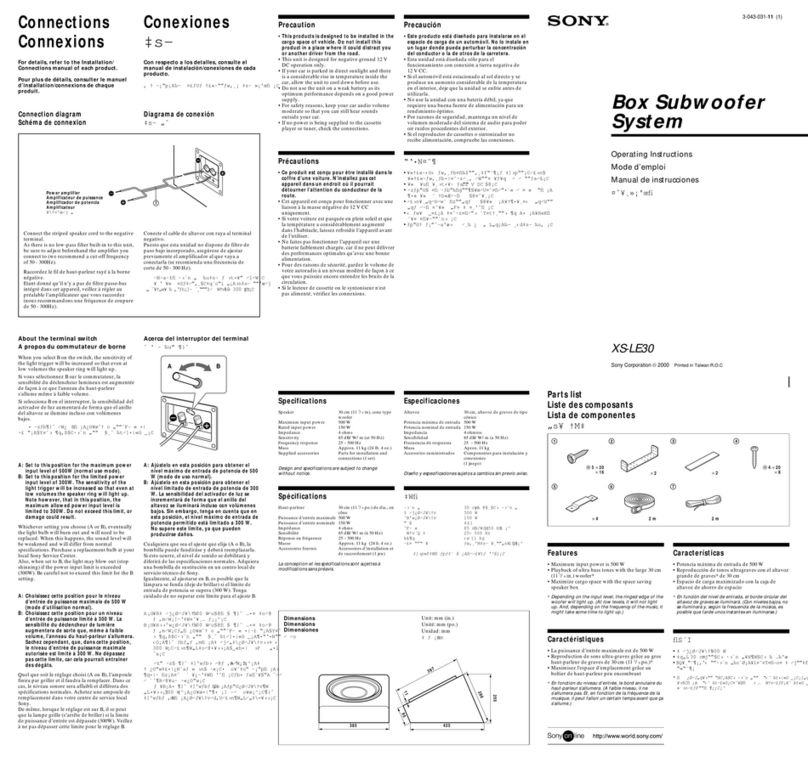
Sony
Sony Espanol) User manual
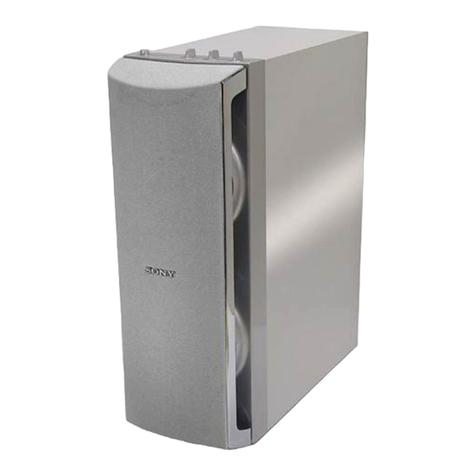
Sony
Sony SA-WD200 User manual

Sony
Sony XS-W104ES User manual

Sony
Sony XS-L835 Product guide
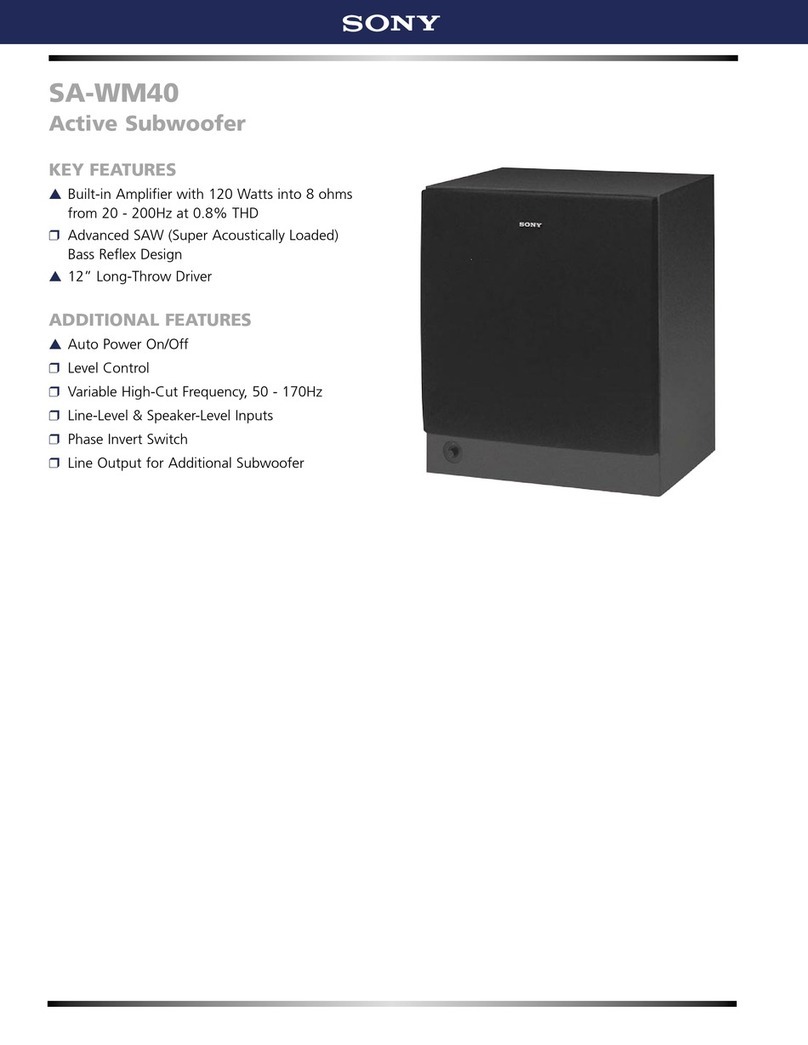
Sony
Sony SA-WM40 User manual

Sony
Sony XS-L1040F - Subwoofer User manual
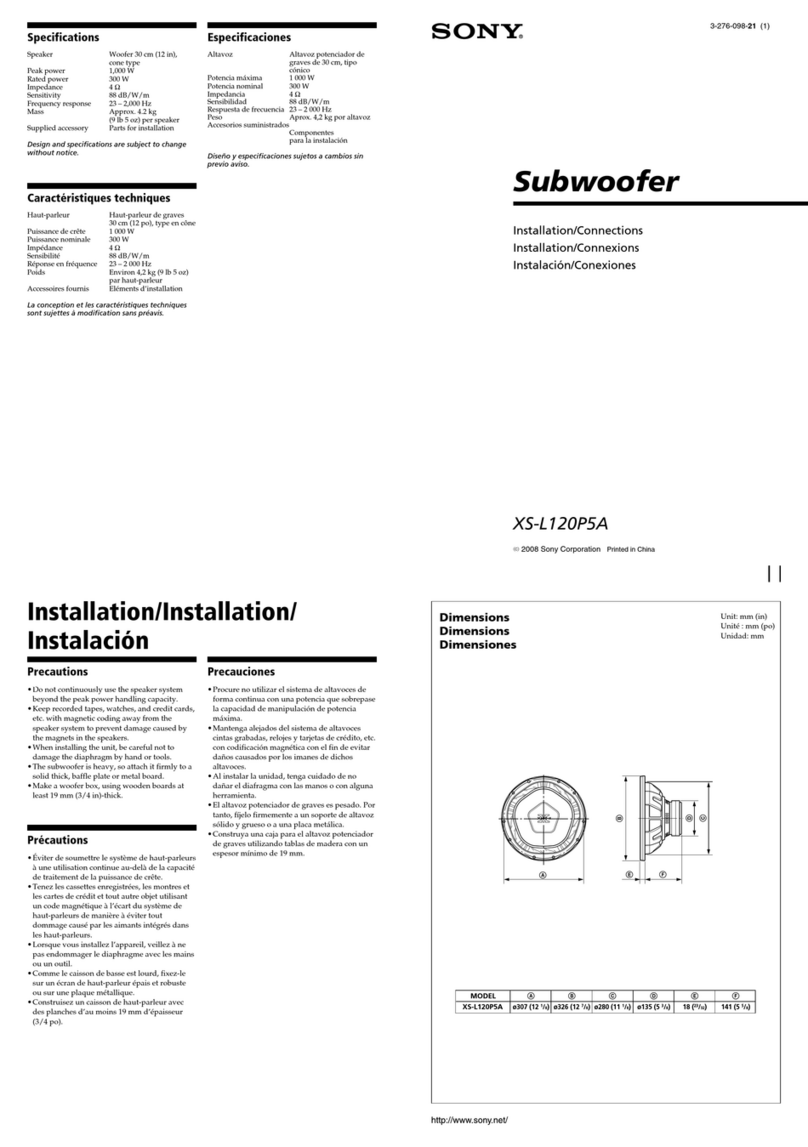
Sony
Sony Xplod XS-L120P5A Product guide
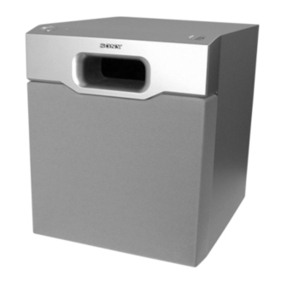
Sony
Sony SA-WMSP2 User manual

Sony
Sony XSL154P5B - Capless Subwoofer Product guide

Sony
Sony XS-L120P5H Product guide

Sony
Sony XS-L101P5W Product guide

Sony
Sony XS-L103P5B Marketing User manual
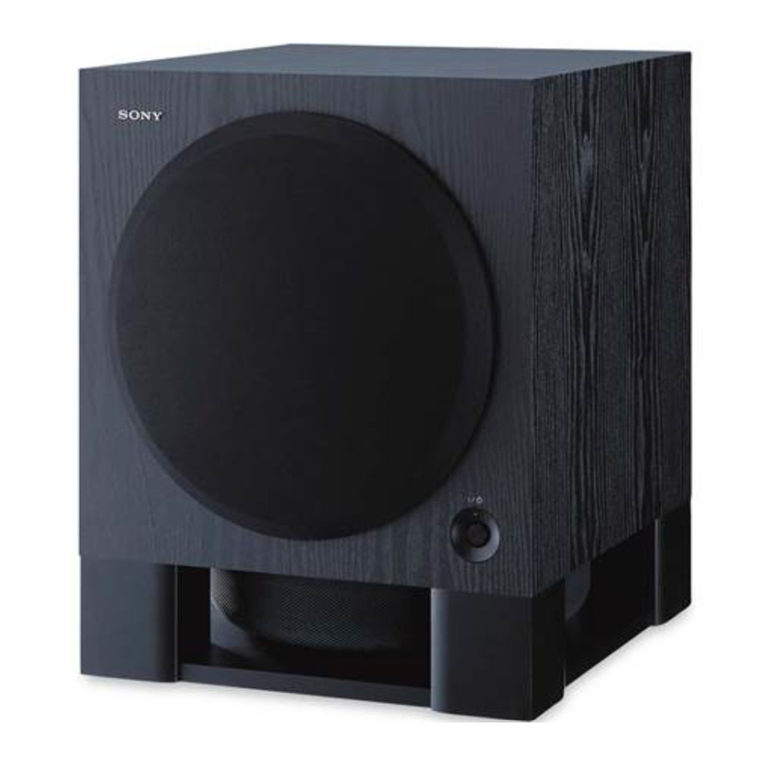
Sony
Sony SA-WX700 User manual
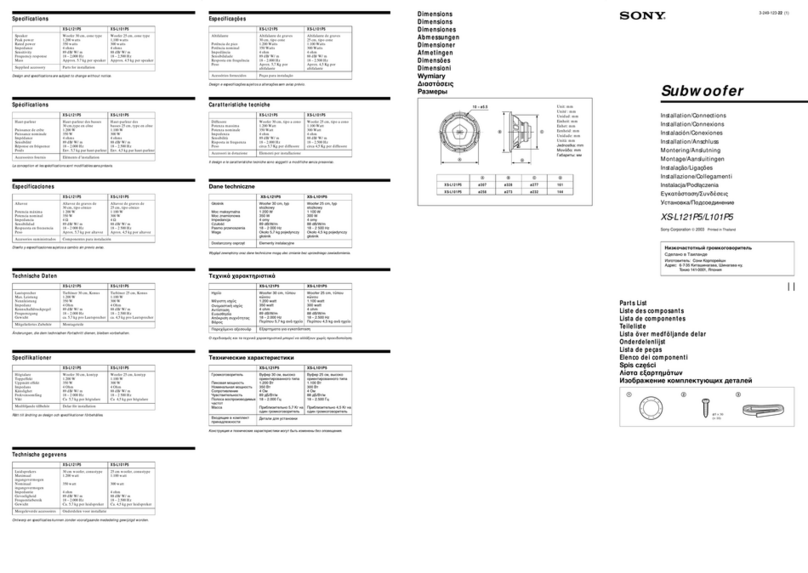
Sony
Sony XS XS-L121P5 Product guide

Sony
Sony XS-AW81P5 User manual

Sony
Sony SA-NA9ES User manual
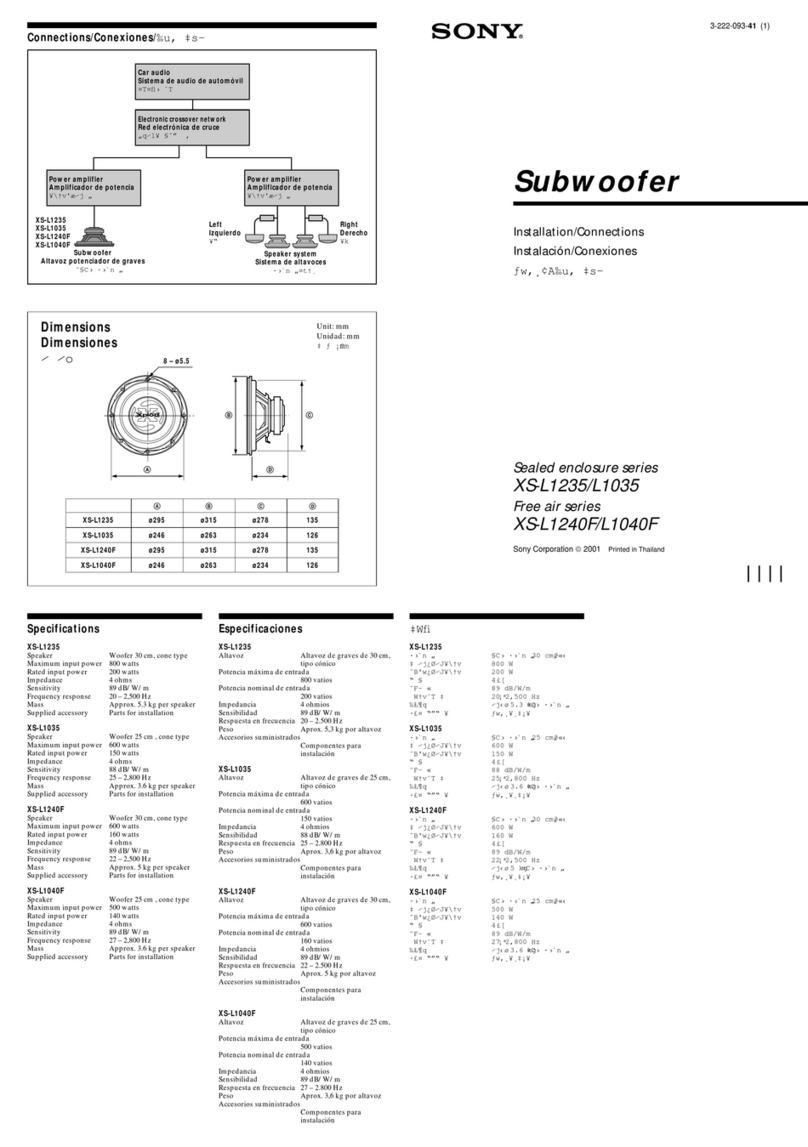
Sony
Sony XS-L1235 Product guide

Sony
Sony XS-L1090P5 Marketing Product guide

